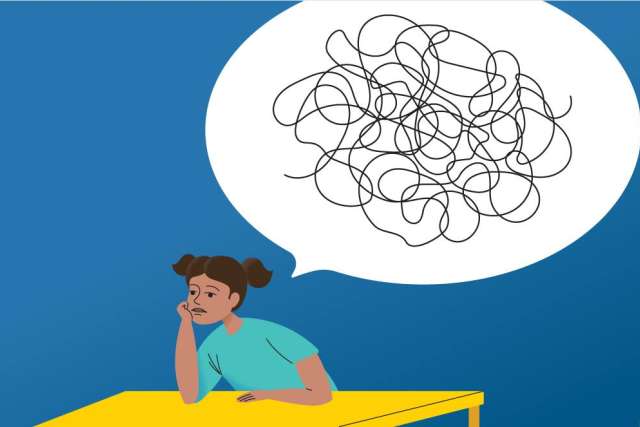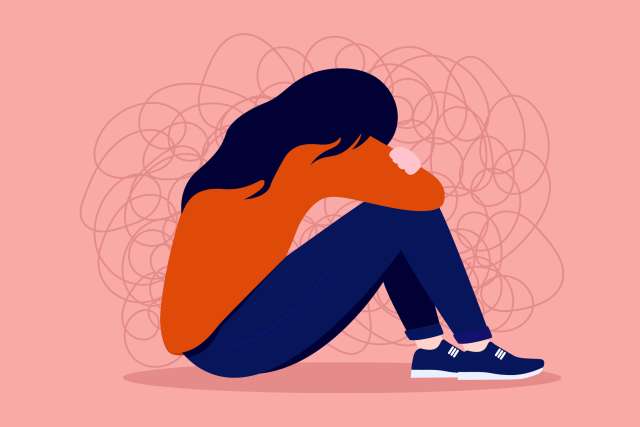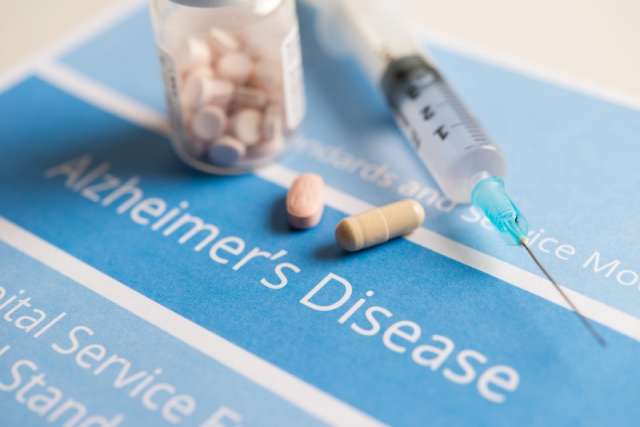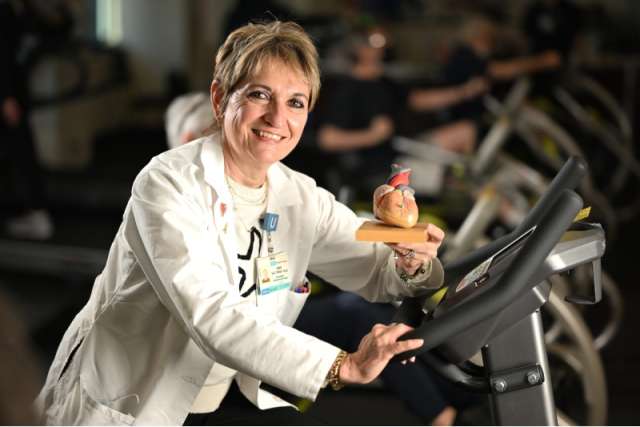Back-to-school jitters are normal. Today’s young people, however, are also contending with the pressures of social media, concerns about the COVID-19 pandemic and lingering effects from online schooling, plus the ever-present possibility of a shooting on campus.
“The scope of things that kids worry about has expanded over the decades,” says Carl Fleisher, MD, a child and adolescent psychiatrist with UCLA Health. “They don't worry less about what they're wearing or who's sitting next to them – that is still a big deal for them because, developmentally, that is the water that they have to navigate.
“And on top of that, they're worried about school shootings; they're worried about what's happening on social media; they’re worried about what's going on in the world. They just have more on their plate.”
Staying on top of your child’s mental health while they are in school is critical, Dr. Fleisher says. Suicide is the second-leading cause of death among young people in the U.S.
Finding friends
Making friends is a critical element of mental wellbeing for all of us, especially important for young people as they form their identities and find their place in the challenging social environment of school.
Online learning and the isolation during the first years of the pandemic have made it harder for some children to connect socially, Dr. Fleisher says.
“Coming out of the pandemic, they’ve had one year to try to work on re-establishing friendships and strengthening friendships. But for a lot of kids, it’s been really difficult,” he says. “They’re out of practice, or they were having difficulty doing it beforehand.”
He urges parents to be proactive in supporting children’s social connections. This could include talking with younger kids about how their friendships are going, explaining what good friendships look like and outlining what steps they might take to better connect with others.
Parents of older children or teens should be ready to discuss how to deal with friendship challenges and drama that may arise, Dr. Fleisher says.
“Friendships are more challenging for teens because they are at a stage in development where their identity is wrapped up in who their friends are,” he says. “In other words, the stakes of friendship are higher for teens than for younger kids.”
Concerns about gun violence
Most students today have grown up with active-shooter drills in the classroom, and research shows even the drills may affect mental health.
“They do the active-shooter drills and they see the news,” Dr. Fleisher says. “And they see how grownups react and how our country or states react or don’t react. For a lot of kids, it really bugs them because they feel like grownups are not doing enough about it and they can’t act on their own behalf because they are too young.”
Even young people who don’t express upset about these issues may still experience them as latent concerns that add to “the basket of worries that come along with being a teenager going to school,” he says.
Even though parents can’t solve this issue for their children, it’s important for families to share their thoughts about it, Dr. Fleisher says.
“Problems that we can’t fix are still important to talk about because having those anxieties out in the open and having them discussed alleviates kids’ sense that they’re the only ones who worry about it or that nobody else cares that they’re worrying about it,” he says. “Parents can really make a difference just by having an open discussion.”
For all the challenges social media may present, one advantage is that these platforms allow young people to become advocates and activists like never before, Dr. Fleisher says.
Teens who feel passionate about curbing gun violence, reducing stigma around mental health, ending discrimination and other social issues can use technology to connect with like-minded peers to amplify their collective voices.
“Parents can certainly encourage their kids to actually try to be active in confronting these challenges and do something about it,” he says. “Getting 100,000 kids to sign a petition is a lot easier now than it was 20 years ago.”
Sleep is critical
Technology can also be intrusive, he notes, particularly when it comes to setting an earlier bedtime for back to school. Sleep is critical for well-being.
“It’s a bigger challenge than it used to be to get kids and teenagers sleeping as much as they need to,” Dr. Fleisher says. “That’s something that parents can help them do that’s relatively simple, but it makes a big difference.”
Social media can help young people feel more connected, but it can also induce a fear of missing out (FOMO) and lower self-esteem and body image. Online bullying can cause serious emotional consequences.
The American Academy of Pediatrics offers the following tips for families to manage use of digital devices:
• Set limits on social media use. Create tech-free times and locations in the home, like the family dinner table during meal time.
• Familiarize yourself with the platforms your children use and who they interact with there.
• Warn teens and adolescents about privacy concerns and sharing inappropriate photos and content.
• Power down devices an hour before bedtime and charge them overnight outside the child’s bedroom.
• Model good digital behavior. Let your children see you putting away devices in favor of other activities.
• Keep lines of communication open. Make time to talk face to face about social media and other events in your child’s life.
Learn more about Child & Adolescent Psychiatry at UCLA Health.
Related:
Back to school: Transitioning back to in-person interactions
Back to school: How much should parents worry about long COVID in kids?
With COVID-19 still raging, advice for parents on navigating back-to-school



